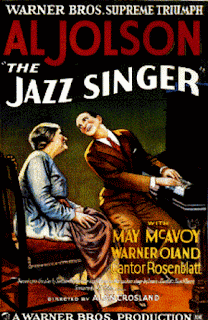On Thursday November 18th we had the privilege of taking a trip downtown to the National Film Board and The Art Gallery of Ontario. We first made out way to the Film board where we were greeted by a girl named Julia who stayed with us throughout the morning. We watched and discussed some of the films that were created within the national film board. There was such a variety of movies, from oscar winning short films to controversial documentaries, it was all there. All the thousands of films were supplied to us through a website where people from anywhere at home can watch these amazing movies from start to finish. Once I got home I had a chance to look through the website and not only did it have films for entertainment but also films packed with information. This website is www.nfb.com. After discussing for some time we watched a film talking about the misuse of downloading music. I though the movie was very long but all in all very informative. The director used bias and factual information for his film. The film was created by a young man for the love of music. He followed a DJ named Girl Talk who remixed already existing songs to create his own. I thought the movie was great and afterward we had a great discussion about it. I thought the NFB was a great place to learn about films and documentaries.
 |
| This is the Toronto location for the National Film Board downtown where were visited for our field trip. |
After we all split up for lunch, the class got back together at the Art Gallery of Ontario (AGO). We got to see paintings done by an artist named Julian Schnabel. He not only created paintings but installations and sculptures. Some people like me may have no necessarily appreciated his kind of art but I know some of my friends were intrigued and fascinated by what he had created. He created art that made me feel almost eerie and uncomfortable. I wanted to know what the art was about and got me to just stare for long periods of time. For instance, there was an installation where there was a metal box connected to some sort of vent with a dying goat coming out through the top. It was so odd but caught my eye and made me say WOW. He also had another painting with plates that stuck onto the giant canvases itself with paint splatters all over them. His paintings were very large in size, reaching all the way up to the high top ceilings. Even though his art wasn't necessarily my kind of art that I would purchase and hang up in my house I thought it was interesting and made me want to research more about what his art was about.
 |
| This is an example of the plate painting that was shown at the AGO, done by Julian Schnabel. |
Even though there was so much to cover within the couple hours we had that day to be split up among two locations, I learned a lot more then I thought I would. I learned about documentaries and what they were all about and gave me a new appreciation for filmmaking and artists. I used to think that the documentaries were all about boring factual information about nature or animals. But I learned that there was such a broad variety on topics for documentaries. If I were a director creating a documentary, I can se my biased own opinions to create a film. These opinions my agree or disagree with the viewer but thats what gets people talking. With a great documentary, it creates such a big impact on the viewer itself. Not only great films do that but art as well. After I left the AGO, seeing Julian Schnabel's art I had a long thoughtful conversation with my friends about it. Some said the art was creepy, and some said the art was brilliant. I on one hand thought the art was great but didn't really understand what it was all about. But thats what great films and documentaries do. Gets the viewer to really think about what they are looking at. And thats how I left the field trip that day. Thinking and viewing what I see on a daily basis in different ways.
